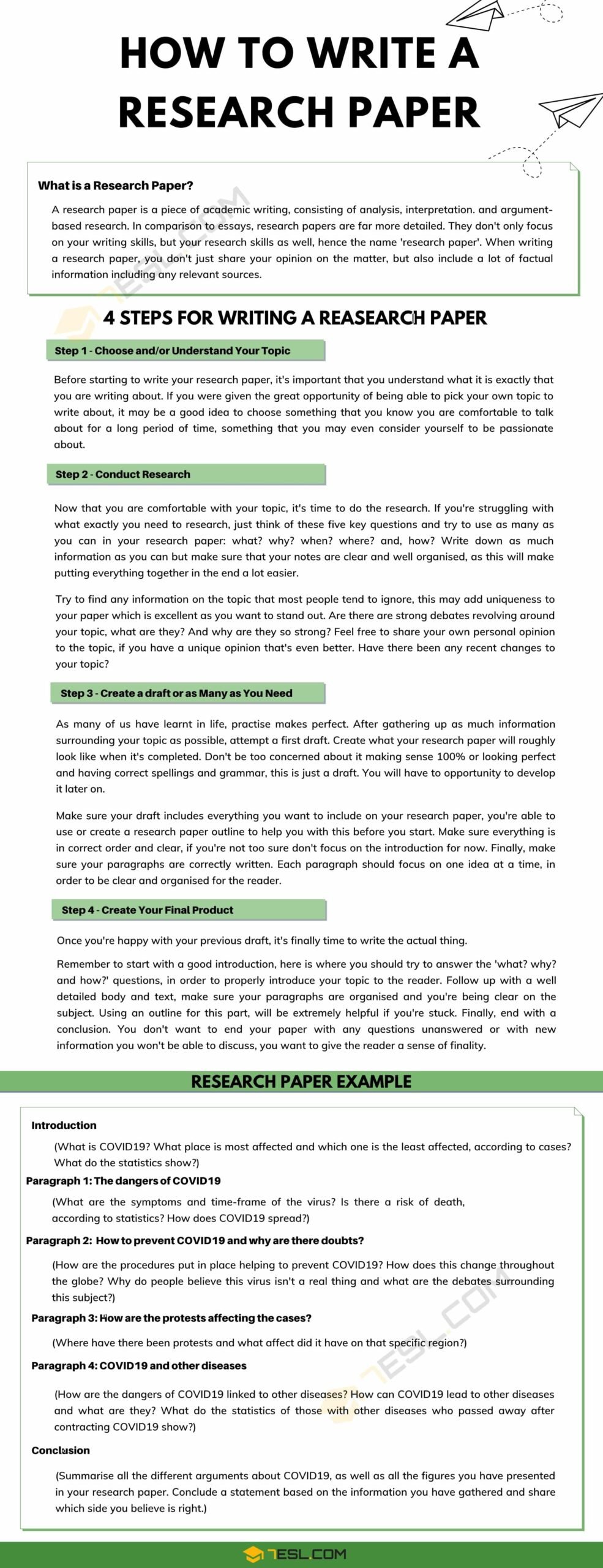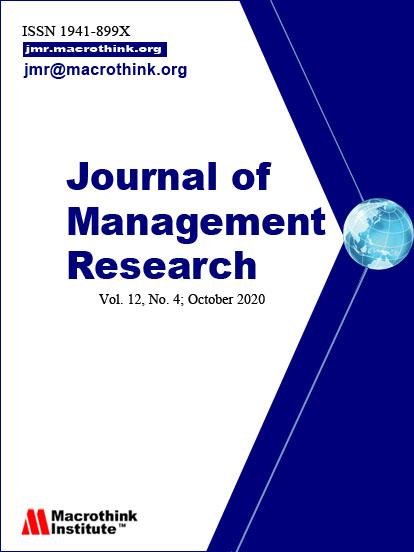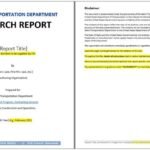research paper journal format

Introduction
In the realm of academia, the research paper stands as a formidable vessel for knowledge, innovation, and analytical thought. As scholars and researchers strive to communicate their findings effectively, understanding the nuances of journal formatting becomes imperative. A well-structured journal format not only enhances the presentation of research but also aligns with disciplinary conventions, ensuring that the work resonates with its intended audience. This article delves into the essential components of research paper journal format, exploring the intricacies of structure, citation styles, and submission guidelines. By dissecting these elements, we aim to provide a comprehensive guide that empowers researchers to navigate the intricate landscape of academic publishing, facilitating the dissemination of their insights to the global scientific community. Whether you are a seasoned author or new to the world of scholarly writing, mastering the art of journal format can profoundly impact the clarity and reach of your research.
Understanding the Essential Components of Research Paper Journals
When diving into the realm of research paper journals, it is crucial to comprehend the fundamental elements that constitute a well-structured publication. These components are not merely formalities; they serve to enhance clarity and organization within the journal. Key elements often include:
- Title: A concise and descriptive phrase that encapsulates the essence of the research.
- Abstract: A brief summary that highlights the key findings and significance of the research.
- Keywords: Terms that facilitate the article’s discoverability in databases.
- Introduction: Sets the stage for the paper, outlining the background, purpose, and significance of the research.
- Methodology: A detailed explanation of the procedures and methods used in the research.
- Results: Presentation of the findings, usually supported by data and figures.
- Discussion: Interpretation of the results, linking back to the research questions and previous studies.
- Conclusion: A summary of the research implications and suggestions for further study.
Moreover, research papers often incorporate various visual aids to enhance understanding and engagement. Tables, figures, and charts can present complex data in a visually digestible format. Here’s a simple example of how a data table might be structured:
| Study | Outcome | Significance |
|---|---|---|
| Study A | Positive | p < 0.05 |
| Study B | Neutral | p = 0.15 |
Understanding these components and their functions is essential for both authors aiming to publish their research and readers seeking to navigate academic literature effectively. Each section plays a distinct role in presenting information coherently, fostering a better dialogue among researchers and practitioners.

Navigating the Structure: Introduction to Methods and Results
When composing the methods section of a research paper, clarity and precision are paramount. This segment should detail the procedures employed in your study, allowing others to replicate your work. It often includes subheadings such as “Study Design,” “Participants,” and “Data Collection.” Each subheading serves to guide readers through your methodology. Here’s a quick outline of elements to consider:
- Study Design: Describe the overall structure—experimental, observational, qualitative, etc.
- Participants: Define the sample size, demographic details, and selection criteria.
- Data Collection: Explain the tools and techniques used, such as surveys or experiments.
The results section is where the essence of your findings comes to life. Here, you should present your data using visual aids like tables and graphs, ensuring they are clear and informative. Emphasize the key outcomes without interpreting them in this section; that will come later in the discussion. Create a concise summary of results, focusing on:
- Descriptive Statistics: Provide a snapshot of the data characteristics.
- Inferential Analysis: Summarize tests conducted, such as t-tests or ANOVAs.
- Visual Representation: Use tables and charts for a clearer understanding of trends.
| Element | Description |
|---|---|
| Study Design | Experimental, observational, etc. |
| Participants | Sample size and demographics |
| Data Collection | Methods used to gather data |

Citing Like a Pro: Mastering References and Bibliography
Mastering the art of citation is crucial for anyone venturing into the world of academic writing. It not only lends credibility to your research but also honors the intellectual property of others. Here are some essential tips to enhance your referencing skills:
- Know Your Style: Familiarize yourself with different citation styles like APA, MLA, and Chicago. Each has its own set of rules and formats.
- Use Citation Tools: Leverage tools like Zotero or EndNote to manage your references efficiently.
- Be Consistent: Whichever style you choose, ensure that you apply it consistently throughout your paper.
- Double-check Your References: Always proofread your references and bibliography for accuracy.
Incorporating a well-structured bibliography not only aids readers in locating sources but also demonstrates your thoroughness as a researcher. Consider using the following table to distinguish common citation formats:
| Citation Style | Format Example |
|---|---|
| APA | Author, A. A. (Year). Title of work. Publisher. |
| MLA | Author Last Name, First Name. Title of Work. Publisher, Year. |
| Chicago | Author First Name Last Name, Title of Work (Place of Publication: Publisher, Year). |
Utilizing these insights will facilitate a clearer path in your academic journey, placing you one step closer to being recognized as a citation guru among your peers.

Polishing Your Manuscript: Tips for Clear and Concise Writing
When refining your manuscript for submission to a research journal, clarity and conciseness become paramount. Start by organizing your ideas logically; a clear structure not only adheres to journal format but also aids readers in grasping your findings quickly. Eliminate jargon that may obfuscate your message and utilize precise terminology that is accessible to your target audience. Consider employing active voice wherever possible, as it generally results in more vigorous writing. Here are some key strategies for achieving clarity:
- Break down complex ideas into simpler, digestible parts.
- Use headings and subheadings to guide the reader through your manuscript.
- Limit sentence length to enhance readability and maintain the reader’s interest.
- Incorporate visuals, such as charts and tables, when appropriate, to illustrate your data clearly.
Additionally, revisiting and revising your drafts will greatly enhance the clarity of your writing. It is often easy to overlook errors or ambiguous phrases in a manuscript that you’ve worked on extensively. Welcoming feedback from colleagues or utilizing editing tools can provide valuable insights. Consider the following revision techniques to streamline your writing:
| Technique | Description |
|---|---|
| Read Aloud | Hearing your words can highlight awkward phrasing. |
| Peer Review | Fresh eyes can spot unclear sections that may confuse readers. |
| Editing Software | Utilize tools to identify grammatical issues and suggest improvements. |
Key Takeaways
navigating the intricacies of research paper journal formats may initially seem daunting, but with clear guidelines and a structured approach, scholars can present their work effectively. The importance of adhering to established formats lies not only in enhancing the readability and professionalism of your paper but also in ensuring that your research reaches its intended audience with clarity and impact. As you embark on your writing journey, remember that each journal format is a tool designed to enhance communication—embrace it, master it, and let your findings shine through the precision of your presentation. With every paper you craft, you contribute to a vast tapestry of knowledge, one formatted page at a time. Happy writing!




